1. ** Power supply parameters ** :
– ** Working voltage ** : Usually the working voltage of the programmable controller has a variety of specifications, such as common 220VAC, 24VDC, etc., for this model may be one of them, but the specific need to be determined according to the product manual or actual identification.
– ** Power frequency ** : If it is AC power supply, the power frequency may be 50Hz or 60Hz.
– ** Power consumption ** : The controller consumes a certain amount of power during operation, and this parameter is more important for determining the capacity of the power supply and evaluating energy consumption.
2. ** Input/Output parameters ** :
– ** Input points ** : indicates the number of external input signals that can be received, which may include switching quantities (such as buttons, on-off signals of sensors), analog quantities (such as temperature, pressure and other sensors’ continuous change signals), and so on.
– ** Output number ** : that is, the number of control signals that the controller can output, and the output type may also have switching output and analog output for controlling actuators (such as motors, valves, etc.).
– ** Input and Output voltage range ** : For different types of input and output signals, the allowable range of voltage or current is different, such as high level and low level voltage threshold for digital input, and voltage or current range for analog input and output.
3. ** Communication interface parameters ** :
– ** Supported communication protocols ** : May support common industrial communication protocols such as Modbus, Profibus, Ethernet/IP, etc., for data exchange and communication with other devices.
– ** Communication rate ** : The data transmission rate of the communication interface will affect the real-time performance and communication efficiency of the data, usually in the unit of baud rate (bps).
– ** Interface type ** : May include RS232, RS485, Ethernet interface, etc.
4. ** Processor performance parameters ** :
– ** Processor type ** : The microprocessor inside the controller is the core component, and its type and performance determine the controller’s computing speed and processing power.
– ** Program storage capacity ** : Used to store user-written program code, usually in bytes or kilobytes (KB).
– ** Data storage capacity ** : used to store intermediate data, variables and other information during the operation of the program, and there are corresponding storage capacity indicators.
5. ** Environmental adaptability parameters ** :
– ** Operating Temperature range ** : Indicates the ambient temperature range within which the controller can work, for example, -10 ° C to +50 ° C. Different application scenarios may have different requirements on the temperature range.
– ** Protection grade ** : indicates the protection ability of the controller enclosure to dust, moisture, etc. Common protection grades are IP20, IP65, etc.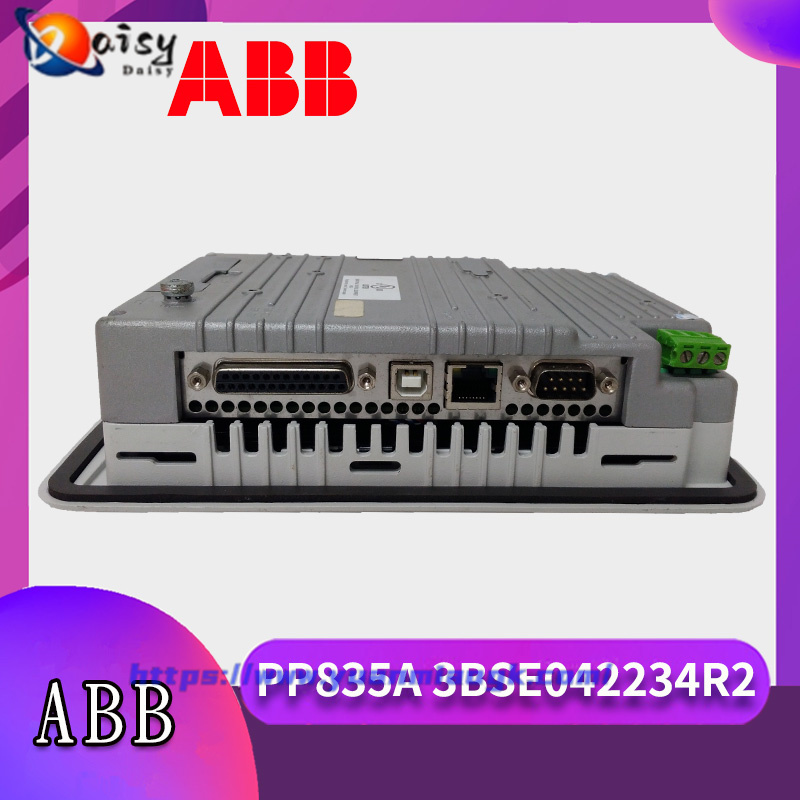

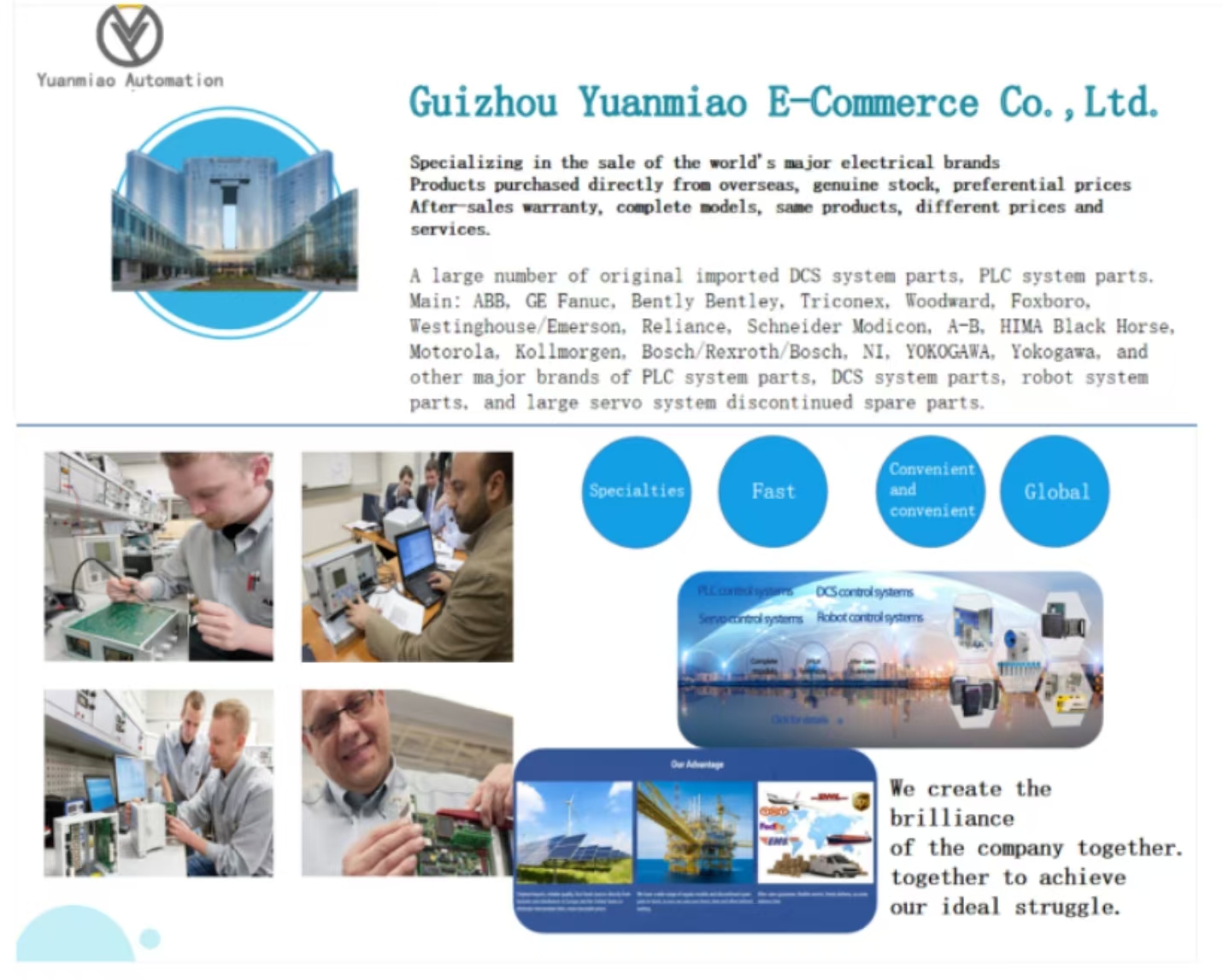
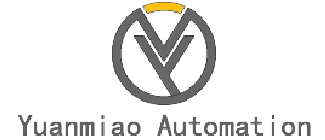
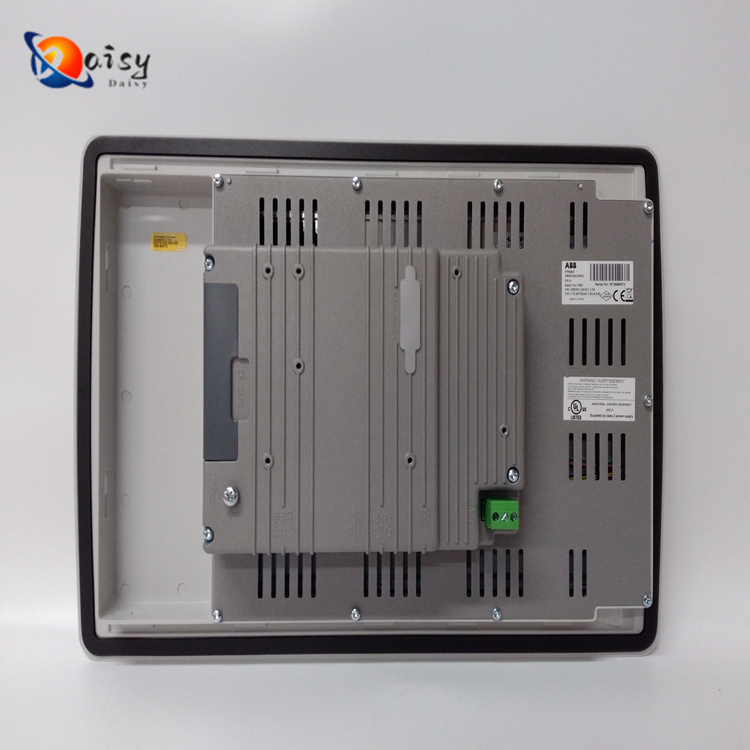
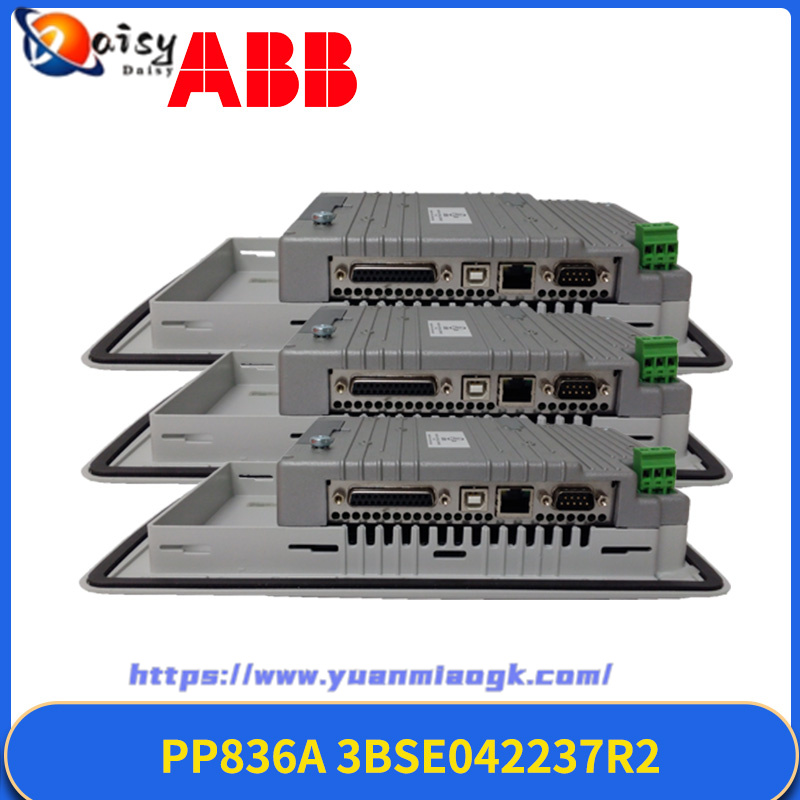
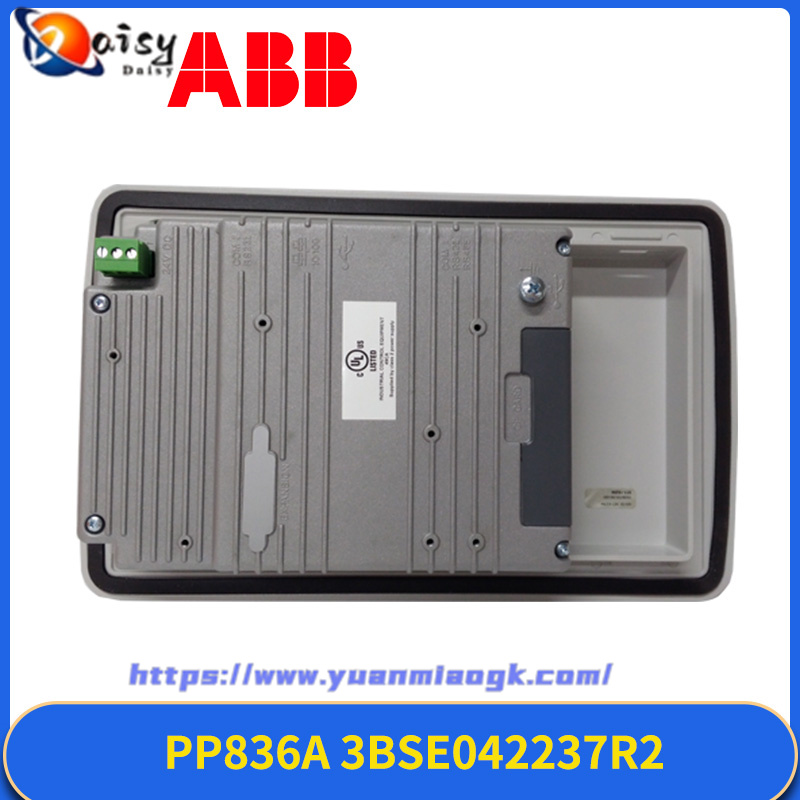
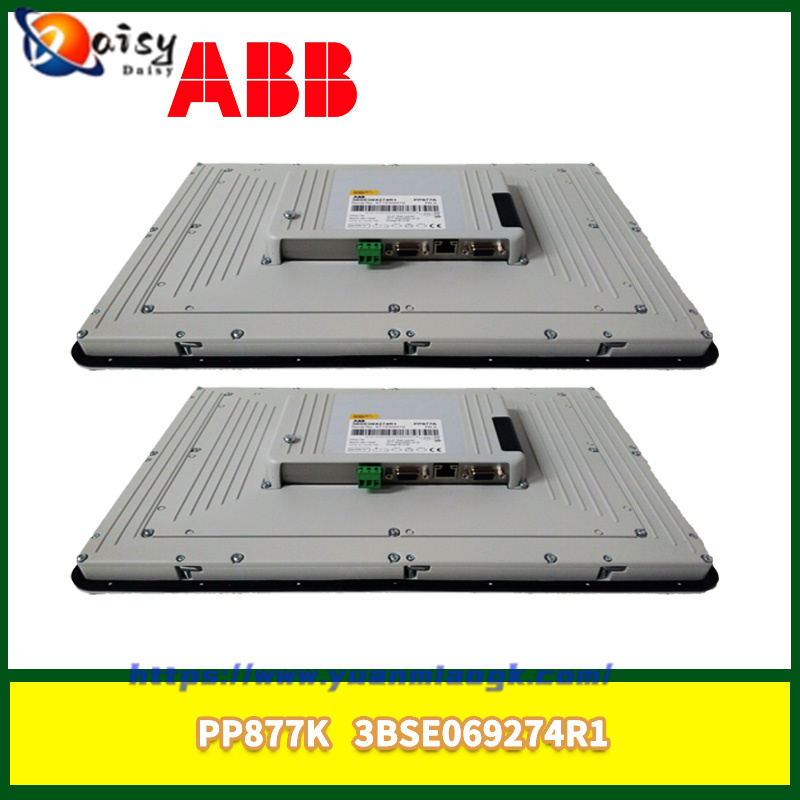
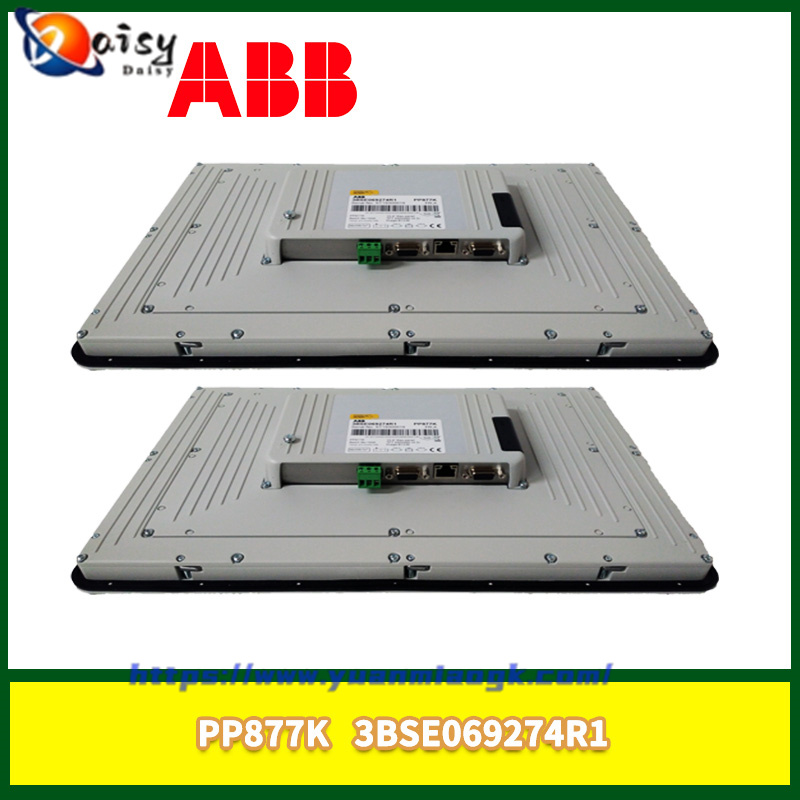
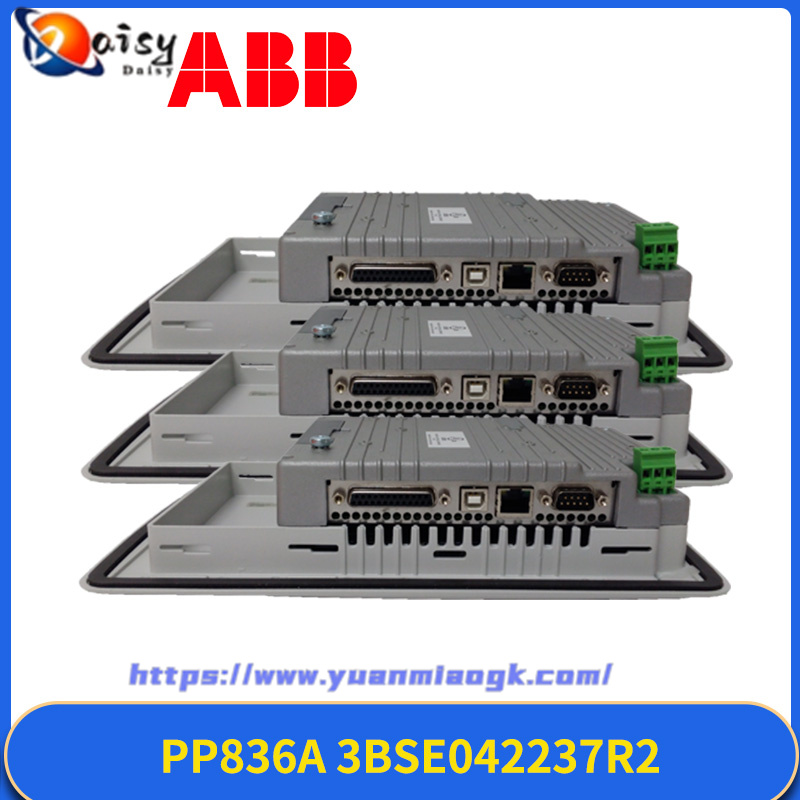
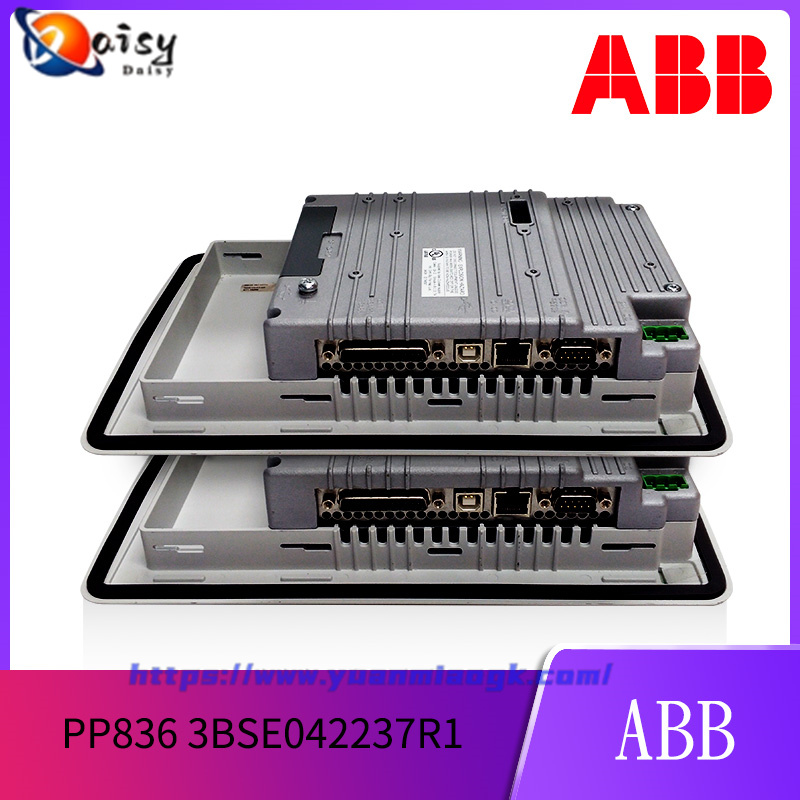
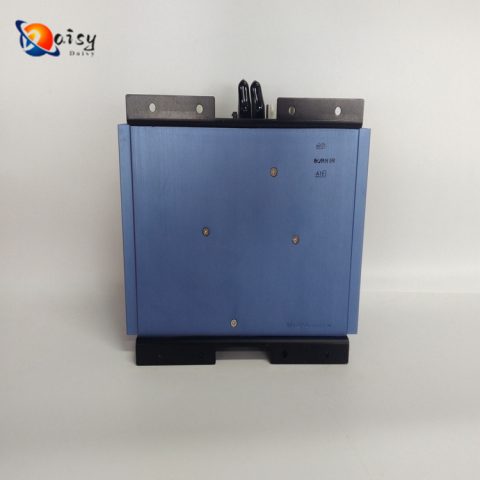
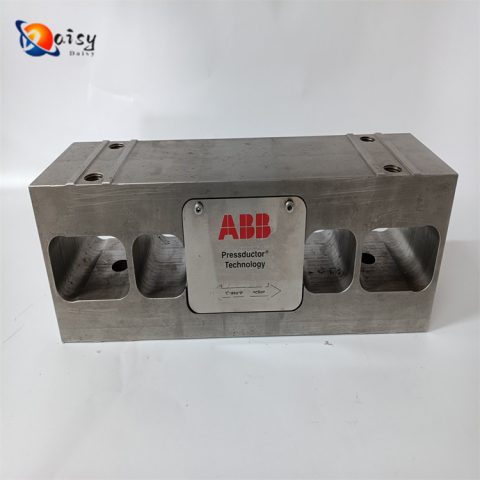

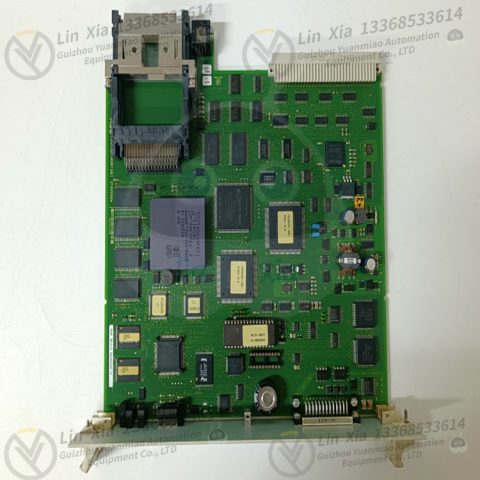
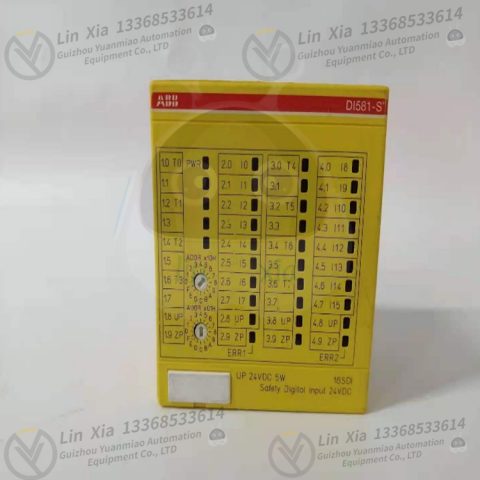
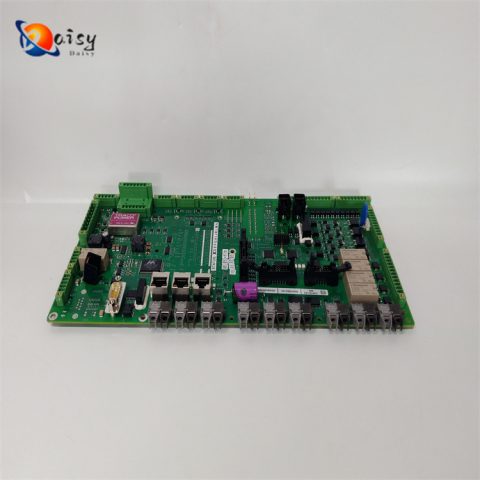
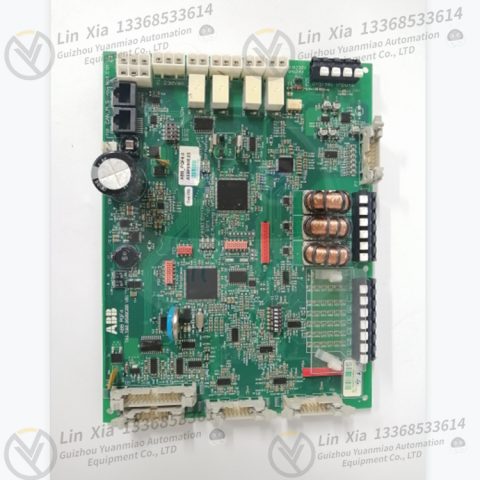
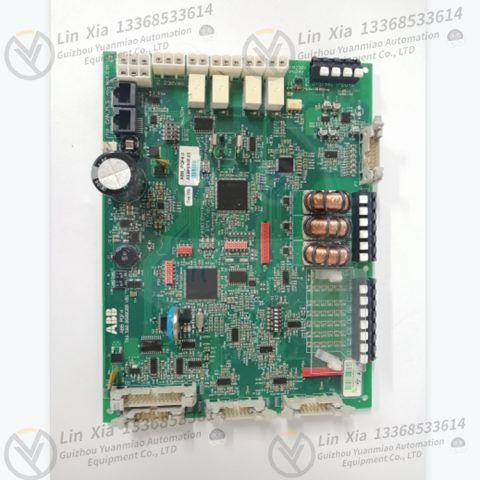
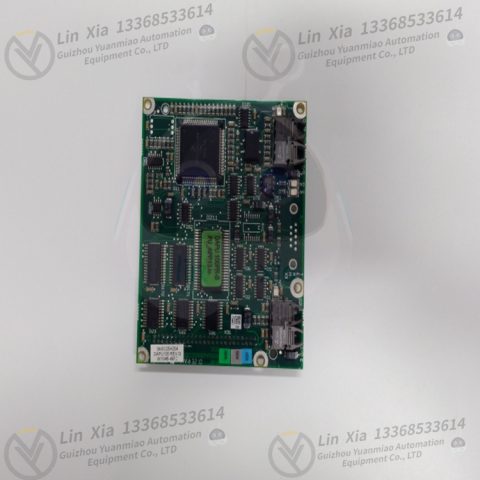
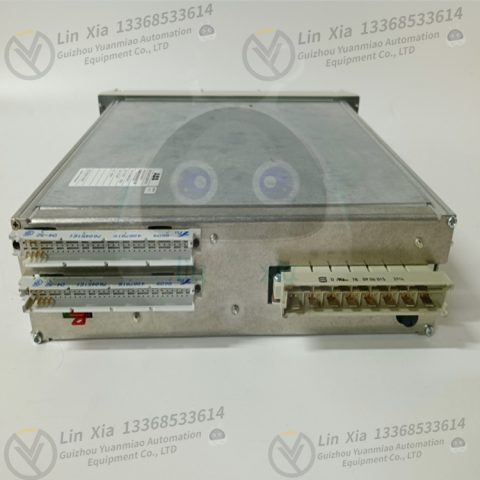
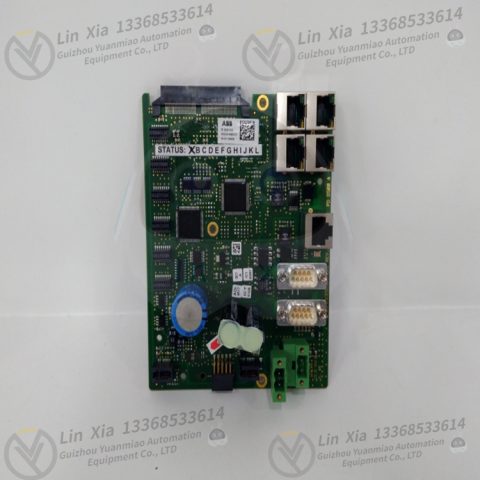
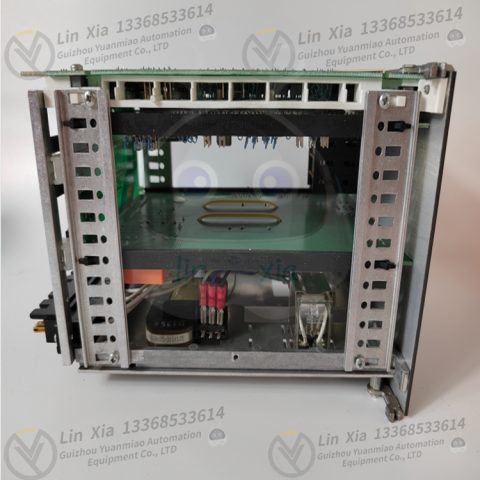

There are no reviews yet.